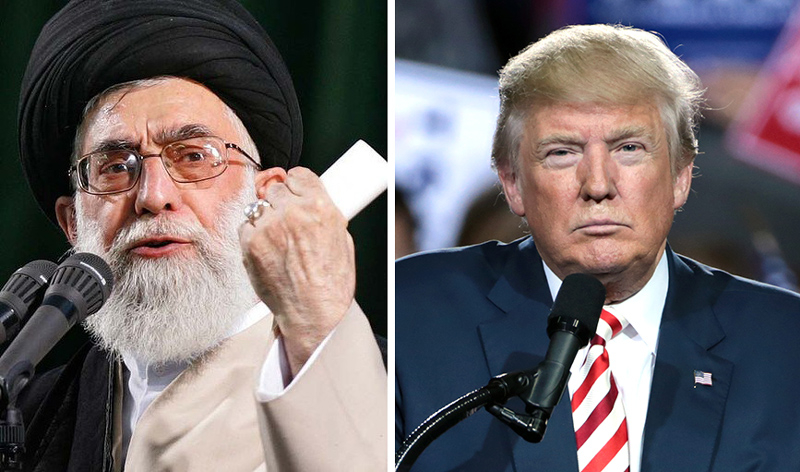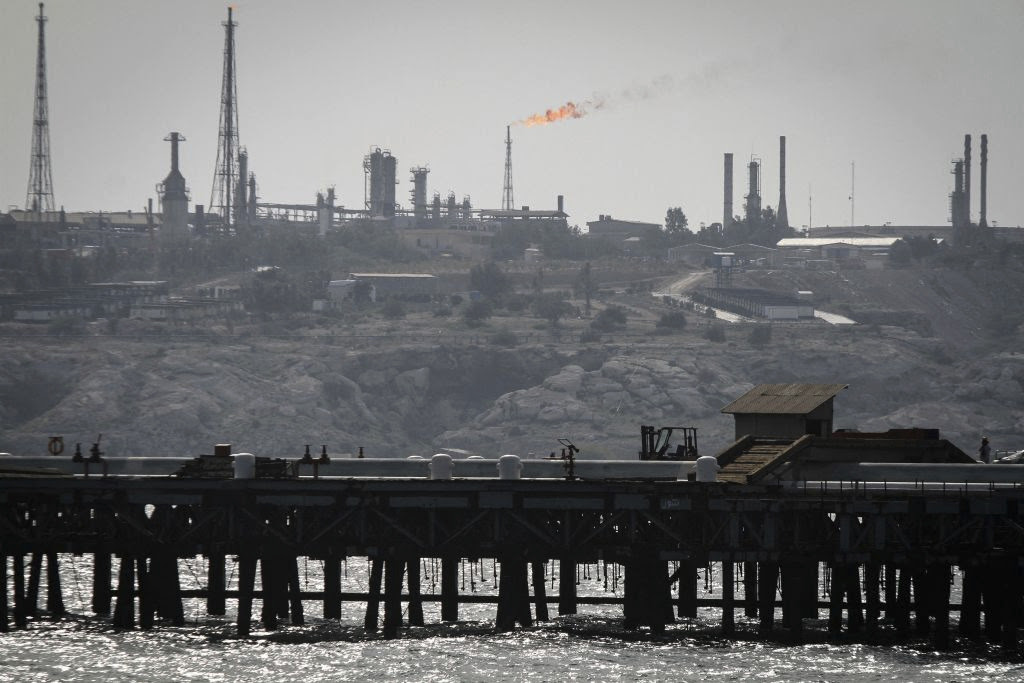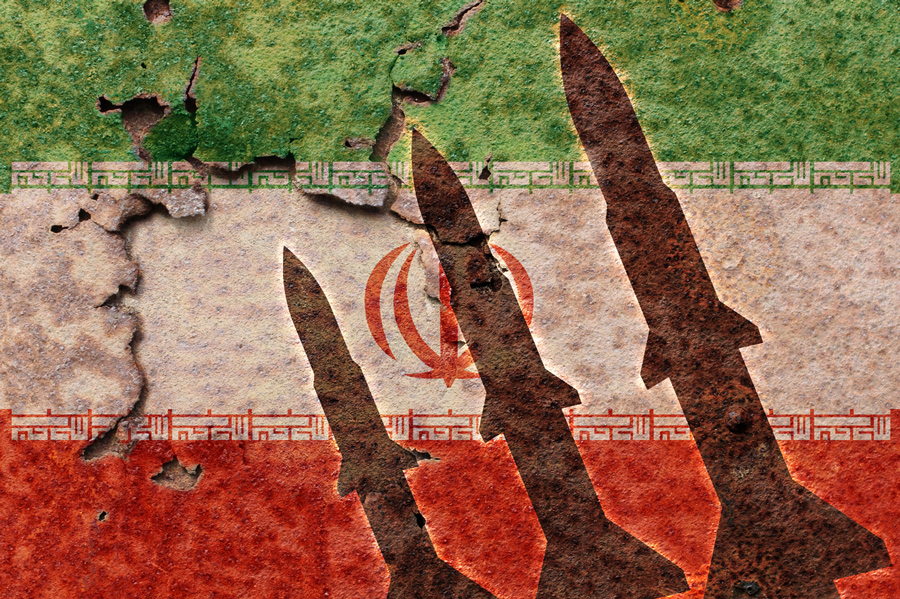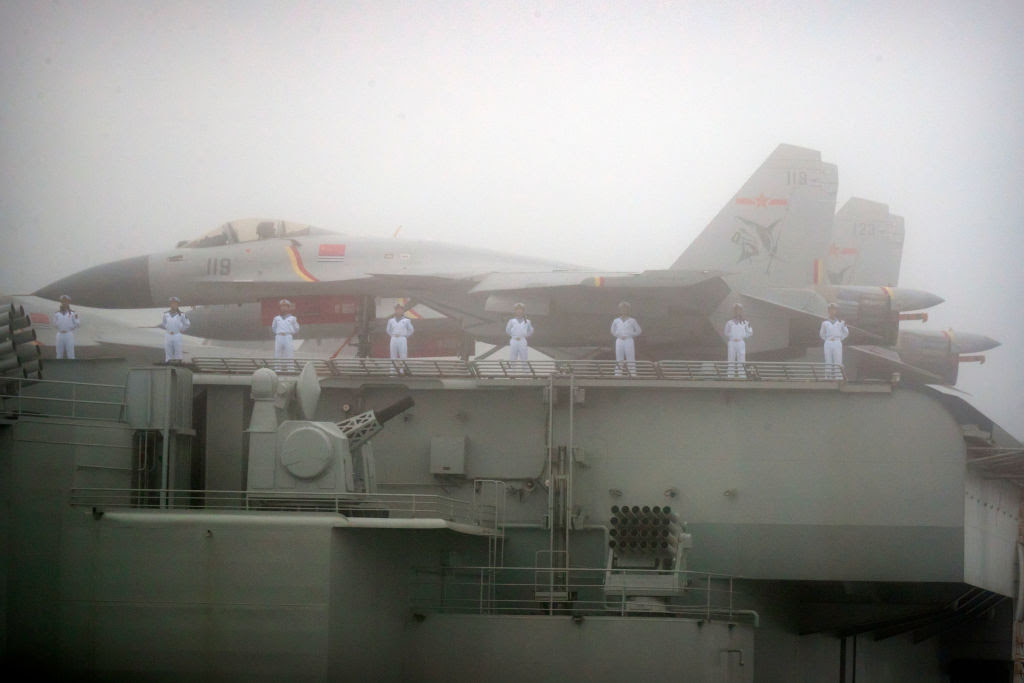Iran Tests Trump by Majid Rafizadeh

- “Regarding the issue of production of ballistic missiles for hitting moving targets, I should say that we are among a handful of countries that have gained the knowhow (in this field)”. — Iranian Brigadier General Hossein Salami, January 29, 2017.
-
- Iran has the largest ballistic missile arsenal in the Middle East.”Iran has received Soviet-designed Scud-B missiles and it has adapted the design into two independently-built versions; the Shahab 1 and Shahab 2.” — Center for Strategic and International Studies, November 2014
- Helpfully, National Security Advisor Michael Flynn has put Iran “on notice.”
Right after the executive order from the White House to put a hold on issuing visas to seven countries including Iran, Tehran has test-fired a ballistic missile. The U.S. intelligence community was able to detect Iran’s launch. Iran conducted the launch at a well-known location near the capital, Tehran.
Iran has confirmed firing a ballistic missile. This ballistic missile’s launch would constitute Iran’s ninth test-firing of ballistic missiles since the nuclear deal, the Joint Comprehensive Plan of Action (JCPOA), reached between P5+1 and Iran.
Intriguingly, on the same day that Iran’s Islamic Revolutionary Guard Corps (IRGC) test-fired a ballistic missile, Iran’s state media outlet Tasnim News Agency quoted IRGC Brigadier General Hossein Salami who bragged about Iran’s ballistic capabilities and achievements. General Salami boasted that Iran is among few countries that can produce ballistic missiles and strike moving targets. Speaking to reporters in Tehran on Sunday, Brigadier General Salami pointed out:
“Our enemies have stood against us with complex and special tactics and techniques…In order to confront them, we need to take the initiative and employ special methods, techniques and tactics…Regarding the issue of production of ballistic missiles for hitting moving targets, I should say that we are among a handful of countries that have gained the knowhow (in this field)”.
Iran is breaching the UN Security Council Resolution 2231. Security Council resolution 2231 (section 3 of Annex B) “calls upon Iran not to undertake any activity related to ballistic missiles designed to be capable of delivering nuclear weapons, including launches using such ballistic missile technology.” In addition, the United Nations Security Council resolution 1929, states:
“Iran shall not undertake any activity related to ballistic missiles capable of delivering nuclear weapons, including launches using ballistic missile technology, and that States shall take all necessary measures to prevent the transfer of technology or technical assistance to Iran related to such activities.”
Russia, which enjoys close ties with Tehran, is siding with Iranian leaders arguing that Tehran has not violated the UN resolution because Tehran’s ballistic missile is not “capable of delivering nuclear weapons”. Moscow is playing with words.
Iran has the largest ballistic missile arsenal in the Middle East.
Technically speaking, for Iran’s ballistic missile to be capable of delivering nuclear weapons, it has to have a 500 kg payload. It is well-known that Iran’s ballistic missiles have much higher payload capabilities. According to Center for Strategic and International Studies, “Iran has received Soviet-designed Scud-B missiles and it has adapted the design into two independently-built versions; the Shahab 1 and Shahab 2. Both of which have the same diameter of 88 cm and their ranges, for a 750 kg warhead, are 340 and 440 km respectively. For a 1000 kg warhead, the ranges become 285 and 370 km. Even though the Shahab-1 could fit a 1000 kg warhead but it cannot reach deep into GCC territory. Whereas the Shahab 2 nuclear capability is marginal to deliver nuclear warhead in excess of 350 km.”
In addition, due to their range, Iran’s ballistic missiles are capable of delivering nuclear weapons to many Middle Eastern countries. Center for Strategic and International Studies adds:
Iran’s Shahab 3 & 3M missiles which have a diameter of 125 cm and a range in excess of 900 km with a payload of 1,000 kg would be able to deliver a nuclear warhead to many of the Middle East capitals and high-value targets.
Germany and the UK appear to be on the side of the US when it comes to whether Iran has violated the UN resolution or not. Germany’s Foreign Ministry pointed out the missile test “give reason for serious concern” and that Germany believes the test was incompatible with the UN resolution.
Iran is also dangerously provoking other regional states and destabilizing the region.
According to a previous report obtained by the Associated Press, the launches are “destabilizing and provocative” and the Shahab-3 medium-range ballistic missile and Qiam-1 short-range ballistic missile fired by Iran are “inherently capable of delivering nuclear weapons.”
Iran is publicly challenging President Trump and his administration. Iranian leaders are sending a signal that Trump’s presidency is not going to alter Tehran’s core pillars of foreign and revolutionary policies towards Israel and the US. Iranian authorities are also testing the water to examine what Washington’s reaction would be and whether the White House would react the same way that it did under Obama administration.

Iran became emboldened to an unprecedented level during the Obama administration. As President Trump’s national security adviser, Michael Flynn, pointed out the Obama administration’s nuclear deal is “weak and ineffective.”
“Instead of being thankful to the United States for these agreements, Iran is now feeling emboldened…. the Obama administration failed to respond adequately to Tehran’s malign actions – including weapons transfers, support for terrorism and other violations of international norms”.
Trump administration has officially put Iran on notice. Flynn stated “Recent Iranian actions, including a provocative ballistic missile launch and an attack against a Saudi naval vessel conducted by Iran-supported Houthi militants [from Yemen], underscore what should have been clear to the international community all along about Iran’s destabilizing behavior across the Middle East,” Flynn said.
Nevertheless, Iran is not backing down. Iranian Defense Minister Hossein Dehghan signaled that Iran will continue with its current behavior ” The recent test was in line with our plan…Nobody can influence our decision. We will not allow foreigners to interfere in our defence affairs.”
US allies are on the side of Washington when it comes to opposing Iran’s military adventurism. Trump administration can use the power of these alliances. President Trump ought to continue with robust responses to Iran’s violations. Because If Iran’s aggressions and violation are disregarded, Tehran will interpret it as weakness and as a green light to continue with its anti-American, anti-Semitic, revolutionary and militaristic policies. If Iranian leaders’ military adventurism and destabilizing behavior are ignored or downplayed, as it happened under Obama administration, Tehran will be significantly emboldened and empowered; hence Iran will more powerfully pursue policies that damage US national security interests.
Continuing to take the lead in adequately addressing Iran’s destabilizing behavior and violations will be extremely critical at this point because it will define Iran’s behavior, whether Tehran will be taking Trump administration seriously afterwards, ensure US allies’ security, and it will restore US global image and leadership.
Helpfully, National Security Advisor Michael Flynn has put Iran “on notice.”























